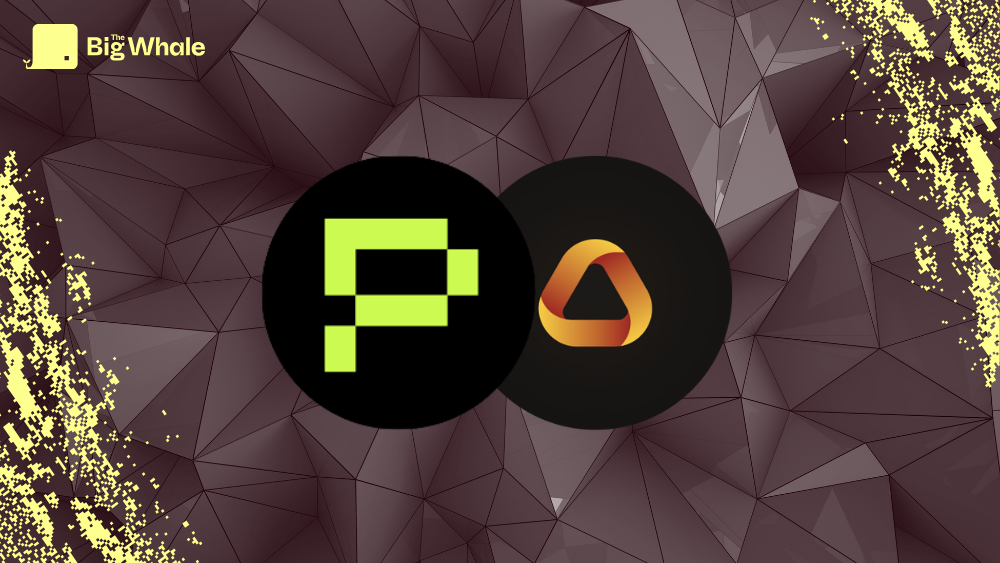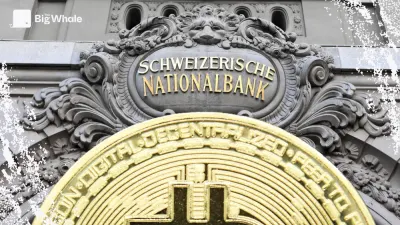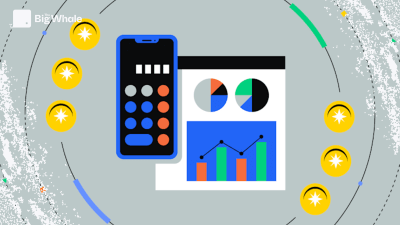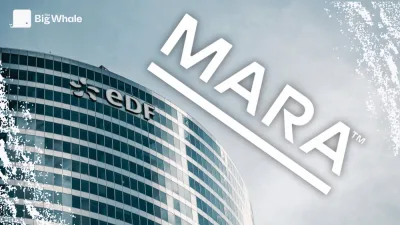TBW - The best projects for exposure to the TEE trend

In an ecosystem where decentralisation is accompanied by growing challenges in terms of confidentiality and integrity, Trusted Execution Environments (TEEs) are emerging as a pragmatic solution. These secure environments make it possible to process sensitive data without exposing it, while guaranteeing the execution of verifiable code.
In a previous article devoted to this trend, we explored their many use cases in the cryptocurrency and artificial intelligence sectors. This time, the focus is on crypto projects that are developing an infrastructure based on TEEs, intended to be adopted by other players in the ecosystem.
While many of these initiatives emerged during the previous cycle, until now they had struggled to find their audience. But the rise of TEE has given them renewed visibility, particularly during the speculative micro-bubble around AI agents at the end of 2024.
Phala Network: the blockchain co-processor
In the blockchain universe, a co-processor refers to an offchain entity capable of performing operations that are too complex or costly to be processed directly on the chain. Once these calculations have been performed, it publishes the results along with a proof of their onchain validity, thereby extending the capabilities of smart contracts.
While some solutions rely on zero-knowledge disclosure (ZKP) proofs, such as Lagrange or Brevis, these can show their limitations for calculations that are too heavy or require real-time execution. Phala Network also uses ZKP, but stands out for its expertise in the use of TEE. In concrete terms, programmes are run securely within a TEE, before their results are published onchain with a certificate guaranteeing their correct execution.
Phala is positioned as a "TEE cloud", an infrastructure capable of handling a large volume of calculations while guaranteeing confidentiality and verifiability. This computing power feeds various programs, in particular AI agents, whose autonomy and integrity depend directly on these security guarantees.
The association between AI agents and TEE is strategic: it ensures that the programs cannot be altered and that they remain truly autonomous. A key requirement for agents handling digital assets on behalf of users.
Phala has in fact developed several projects based on its infrastructure. These include Spore.fun, an experimental platform where AI agents evolve autonomously and can create new ones. Each agent is associated with a token that enables it to pay the TEE infrastructure that hosts it: if its token loses too much value, the agent disappears.
The Phala ecosystem also integrates with several frameworks dedicated to AI agents. This is particularly the case with G.A.M.E, launchpad Virtuals' flagship framework, which recently announced its integration with Phala's TEE.
🔎 To go further: Discover our analysis of the 10 AI agent projects to watch.
Automata: the TEE attestation layer
Automata specialises in TEE attestations, a key mechanism guaranteeing that the program executed within a TEE is the one intended, without tampering or falsification.
The company has developed several solutions based on these attestations. These include 1RPC, a service designed to minimise the risks associated with the use of a malicious RPC, which could transmit false information to users and decentralised applications.
Automata is also working with the Flashbots teams to integrate its attestations into zk-rollup infrastructures. The aim: to complement zero-knowledge disclosure (ZKP) proofs in order to improve the decentralisation and resilience of these scaling solutions. Projects such as Scroll and Linea are among those planning to integrate Automata's attestations into their "multi-prover".
The company has also forged a strategic partnership with Worldchain (formerly Worldcoin) to enhance the security and protection of personal data as it is processed.
🔎 For more information: Discover our analysis of the Worldcoin project
Automata is also extending its infrastructure to AI agents. The Autonomous platform, developed by Alt Layer, makes it possible to deploy AI agents on different frameworks, while ensuring their secure execution within the TEEs operated by Automata.
Conclusion
Infrastructures based on Trusted Execution Environments have gained in popularity with the rise of AI agents, taking advantage of the speculative wave that has accompanied their rise. Rather than betting on a particular agent, with the risk that it will quickly disappear, investors and developers have bet on solid fundamentals, building architectures capable of hosting multiple applications.
The success of these platforms will largely depend on the viability of the AI agents they host, but also on their ability to establish themselves in other use cases, such as the generation of proofs of validity for layers 2.
However, competition is intensifying. Emerging players such as Fleek and Rena are offering more attractive models, in particular by temporarily subsidising part of the transaction costs to attract developers. A factor that could reshuffle the cards in this fast-changing ecosystem.



